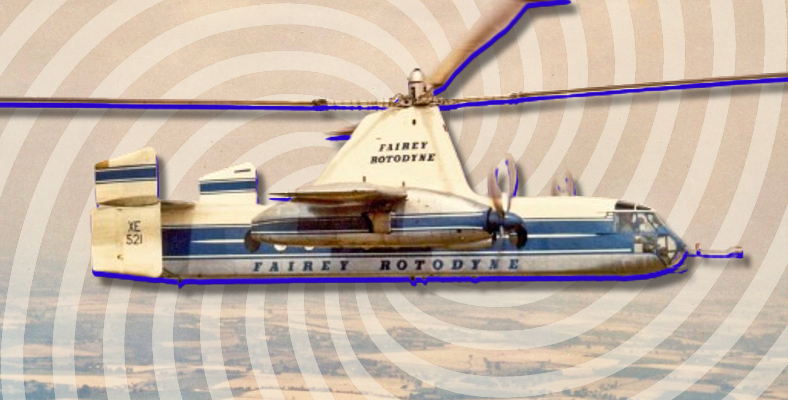It is possible to call Rotodyne neither a helicopter nor an airplane. Because this aircraft has various functions of both a helicopter and an airplane. So what could be the reasons behind the failure of such an ingenious project?
Rotodyne, which was first introduced to the market approximately 64 years ago, was intended to be a new public transportation vehicle. Because this aircraft The fastest way to move from one city center to another but things did not go as expected.
Well, the trial of a hybrid aircraft between helicopter and plane What drove Rotodyne into the abyss?
In fact, helicopters use engine power to turn the rotor blade, which forces air downwards to create lift.
The tilt of this rotor blade is a key part of what allows the helicopter to move in a particular direction, but that’s not how the Rotodyne works. In this aircraft, The large rotor is not powered and is not even connected to the motor.
Instead, as air passes naturally through the rotor blades, causes the rotor to spin like a pinwheel. This rotation creates the lifting force.
However, the Rotodyne has wings and a twin-turboprop type engine, similar to an airplane, but the rotor rotates unpowered in forward flight. It lifts more than half the weight of the aircraft.
Thanks to this unique design, Rotodyne flew faster and was much more efficient than all helicopters of its time.
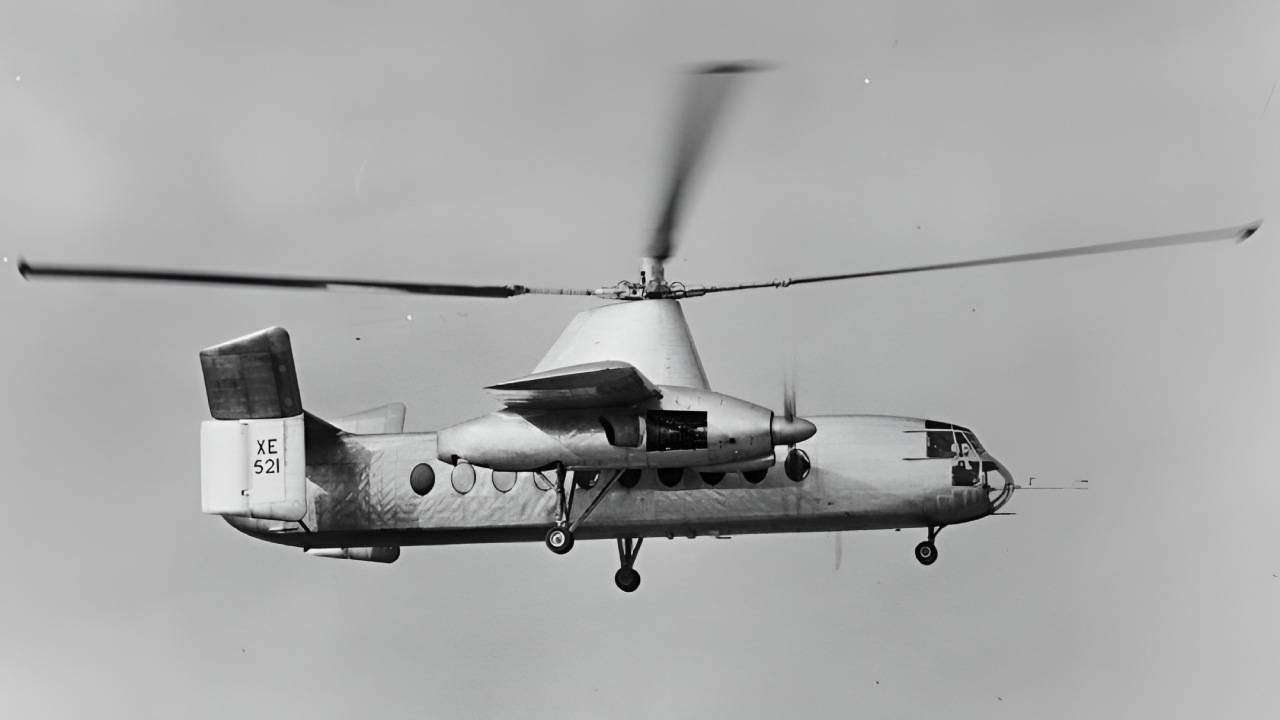
Also like any helicopter It could hover vertically in the air, take off and land. The reason for this was that there was a small tip of gelatin at the tip of each rotor blade.
Fuel and compressed air provided by the turboprop engine during takeoff and landing, It was fired to spin the rotor. Once in forward flight, the end jets would be closed and the rotor would begin to spin freely once again.
This airline wonder, by 1959 revolutionizing intercity travel It started to attract worldwide attention because of its promise.
In fact, in general, intercity air travel was on the rise in the 1950s and 1960s.
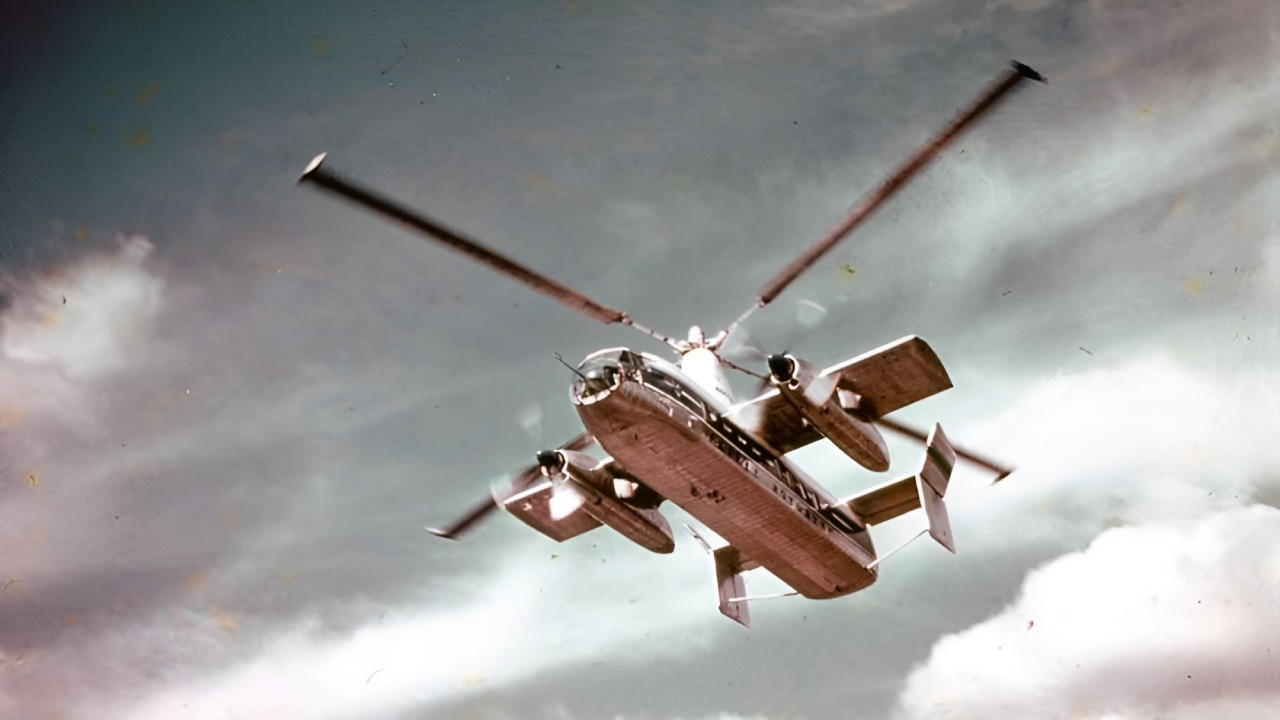
But even though the plane ride from New York to Boston only took an hour, going to and from the airport would nearly double that time. One of the solutions at this point was to use helicopters. So by the 1960s Helicopter airlines in America’s major cities appeared.
However, none of these helicopters were profitable and the Rotodyne project was abandoned. thanks to greatly improved speed and range, it would make helicopter airlines more profitable. It would also open a new way of intercity travel by connecting one city center to another.
On the other hand, if a powerless and freely rotating rotor was added to the Rotodyne, it would be possible to fly slower at will, which would mean that it would be safer.
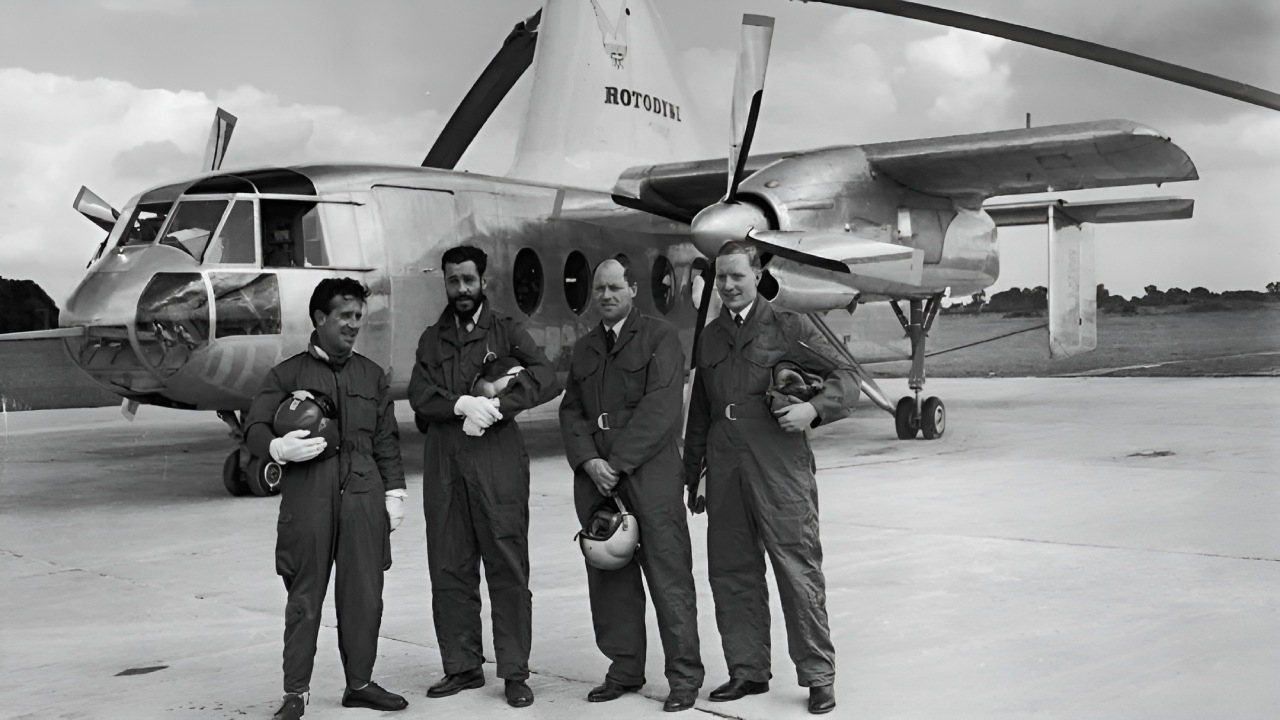
So in 1957, Rotodyne took to the skies with the support of the British government. It can carry 40 passengers 700 km away and could reach speeds of over 300 kilometers per hour. Moreover, the plane could easily land and take off in an area not much larger than itself.
Ultimately, after 350 successful test flights, this airliner was proven to be safe and practical. However, all these features that make Rotodyne advantageous are Unfortunately, it was nothing compared to its disadvantages.
First of all, the tip jets of this aircraft were making a lot of noise, and this would cause a lot of trouble in the middle of the city.
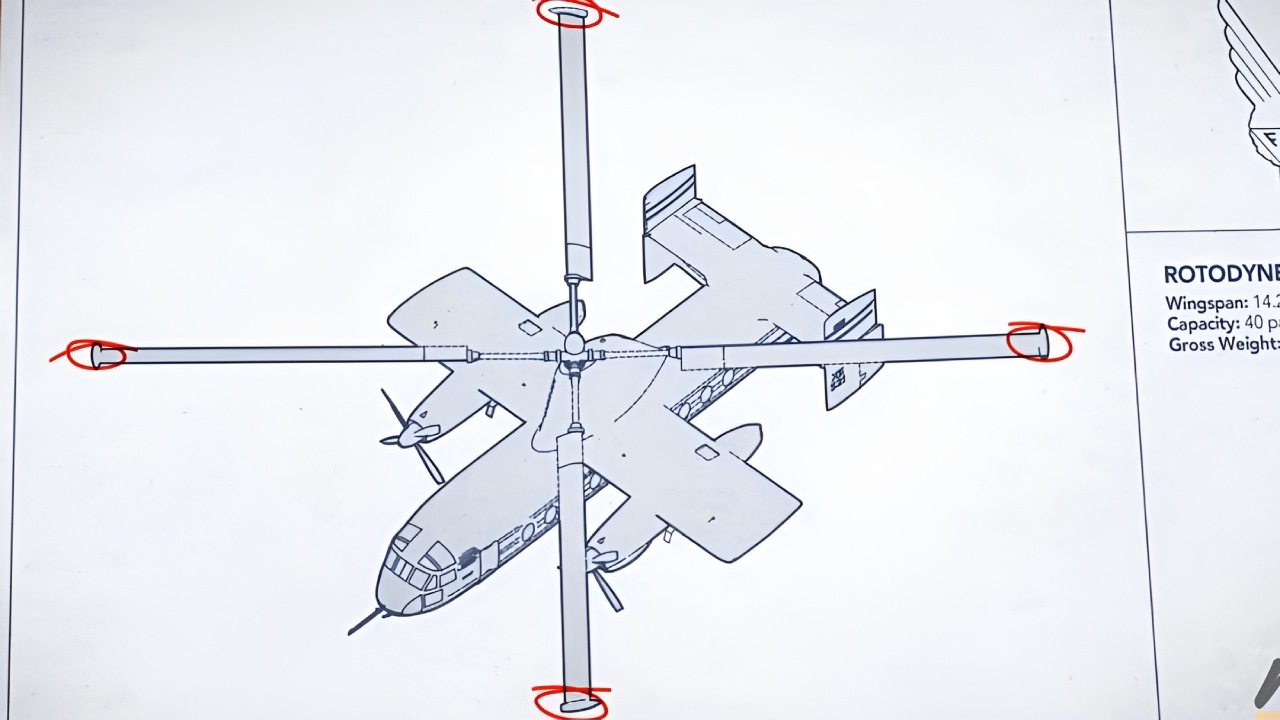
However, there are questions as to whether the public can tolerate this noise. Aware of this problem, Rotodyne continues its development and It has reached a capacity of 75 passengers and promises to prevent this noise.
Manufacturers have spent years developing noise-suppressing technology in tip jets. Although progress took considerable time, by 1960 the team This reduced the sound by approximately 15%, but even this was not enough for the Rotodyne to survive to this day.
Because Rotodyne is still in need of this production to continue. He had to rely on the British government and sufficient financing could not be provided. The reason for this was that the aviation industry in England was in complete chaos in the 1960s.
At that time, there were many aircraft manufacturers, but aircraft production was very few as it depended on government financing.
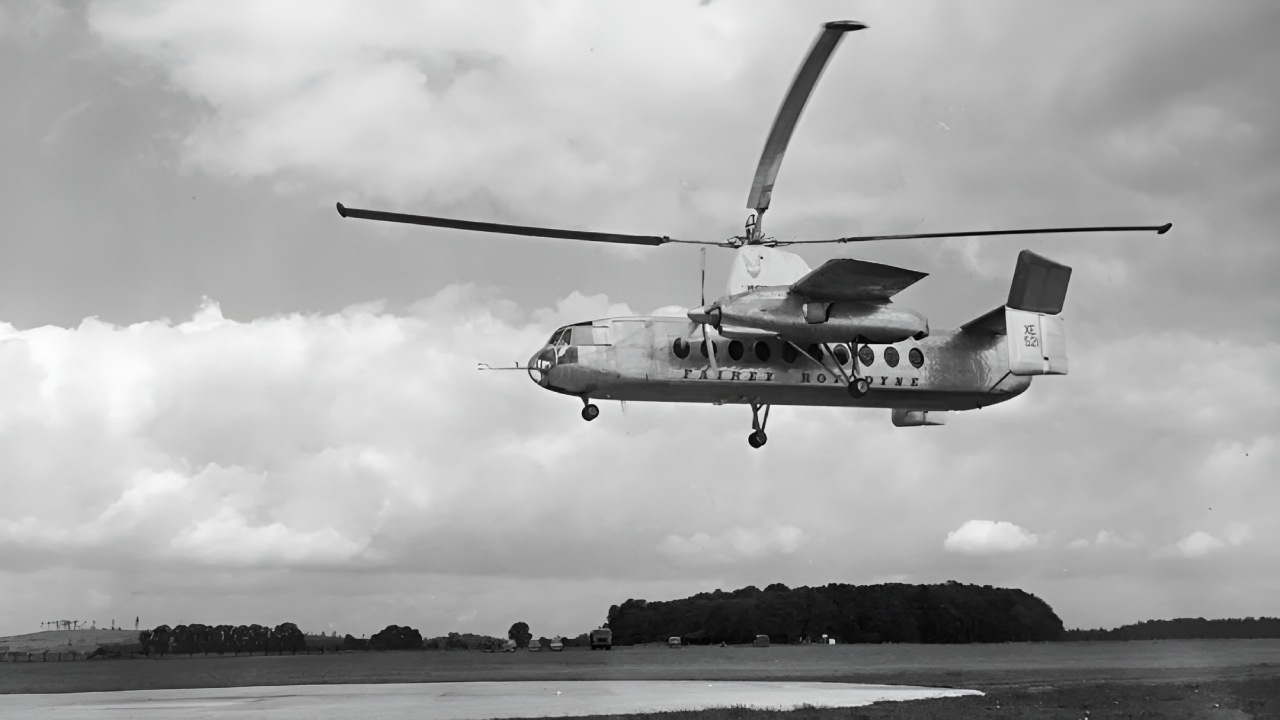
Due to this problem, various airline companies had to gather under one roof and Rotodyne In competition with other helicopter projects He was caught in the middle of this chaos.
On the other hand, the production of this airliner also slowed down due to difficulties in supplying more powerful engines. Ultimately, faced with economic pressures in 1962, the British government suddenly cut off funding for this airline entirely.
As a result, this half-helicopter, half-plane that once promised to revolutionize intercity travel was put on the dusty shelves of history.
Our other content that may interest you:
RELATED NEWS
Is it possible to fly the plane upside down in an adverse situation where the pilot has to?
RELATED NEWS
Why Do Planes Flying Over China Use Zigzag Routes Instead of Flying Straight?
RELATED NEWS
What Happens to Airplanes After They End Their Life? They Even Have Cemeteries!
RELATED NEWS
Why Do Planes Have to Be Washed Every Seven Days? (If Not Done, Our Life Safety May Be in Danger!)
RELATED NEWS
What is the reason why our need to burp increases to a disturbing level while on a plane? Moreover, it is seen more in women!
RELATED NEWS
